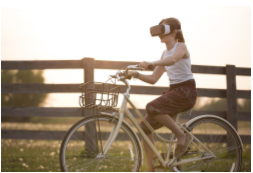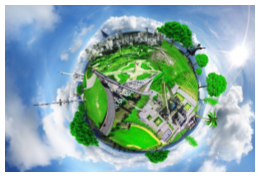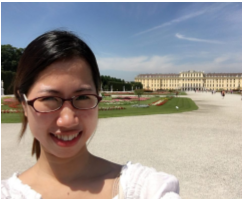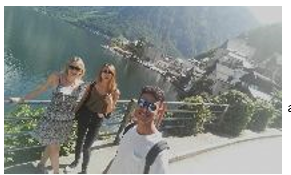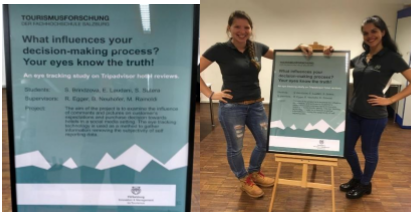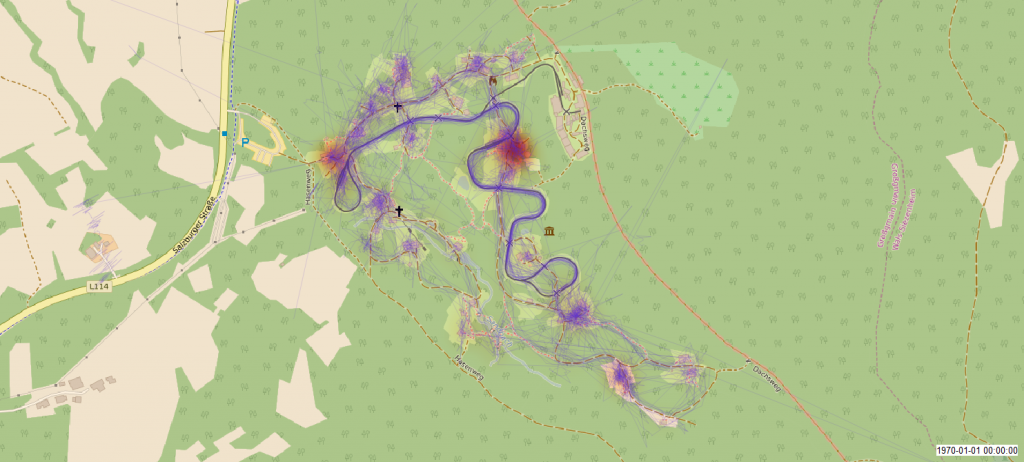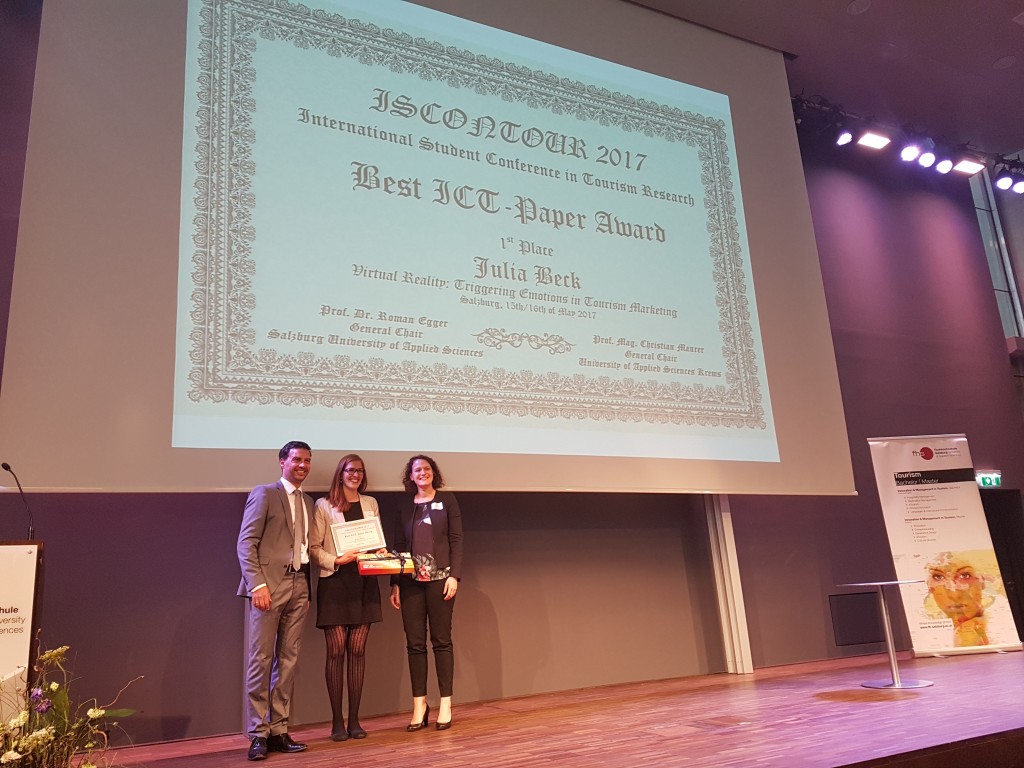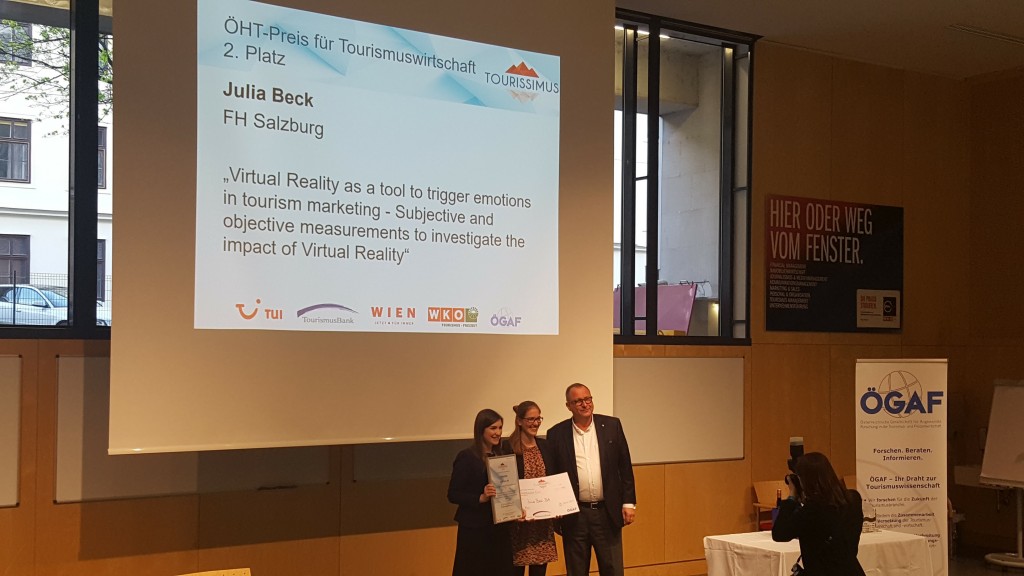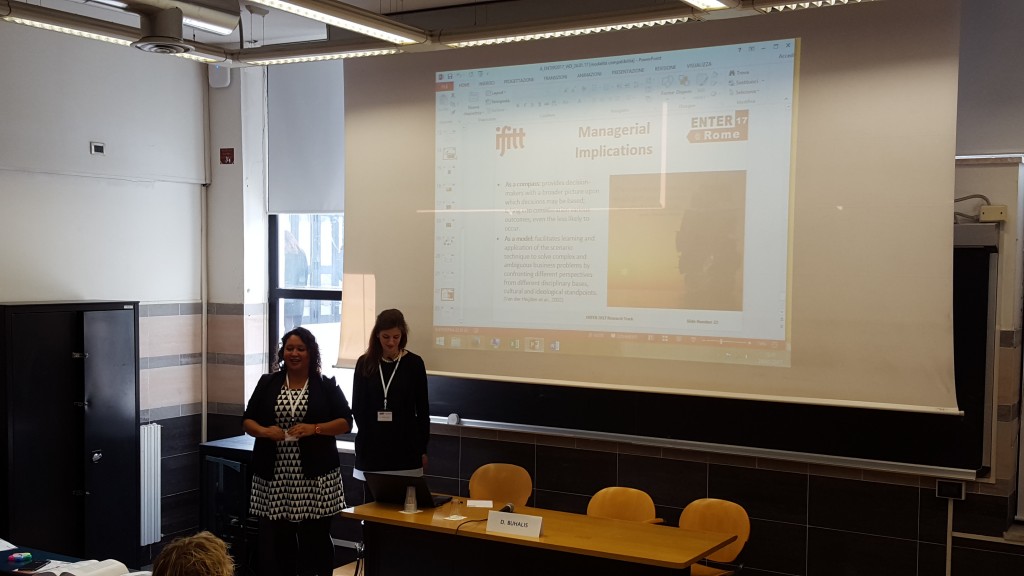Customer satisfaction is a concept that can be influenced by many variables apart from tourists’ Country of Origin (COO). Research in tourism focuses more and more on topics in the social sciences; more into the subjective influences; mostly on decision making, attitude and perception, to name a few.
There are little to no existing literature which focuses on the study of the influence of the economic development of tourists’ COO on customer satisfaction in the hospitality industry. It is the level of this influence that propel customers to respond to the satisfaction or dissatisfaction of their experiences by writing online reviews.
We focused specifically on guests who stayed at 2-5-star hotels in the city of Salzburg and retrieved over 30,000 reviews from guests originating from countries across the globe. It is here that we acknowledge that tourist’s COO’s economic status does significantly influence customer satisfaction – revealed by the study.
Additionally, we found that high levels of Global Competitive Index (GDI) and Human Development Index (HDI) do have a positive association with the levels of customer satisfaction. The most notable finding is that the results show that tourists from countries with a high economic level often show high levels of satisfaction, though many researchers argue the negative association.
During our review of literature, evidence arose where customers who purchased consumer goods are very much affected or influenced by the COO of the product, for instance: a customer would prefer to by a German brand car instead of a Japanese. We ultimately deduce that if the products’ COO influences consumers’ satisfaction, then the same COO factor may have some level of influence on their satisfaction level when they travel – hence our research topic. It is this underlying factor of influence that drives this research, where the need is necessary for hoteliers and tourism professionals to be aware of this fact and address it in a way to optimize the customer satisfaction level of their guests. Our research therefore, provides a legitimate discussion about our conceptual framework: the influence of the economic development of tourists’ COO on customer satisfaction.
The findings can be used by hotel management and tourism marketeers as a tool by which relevant strategies can be employed to better understand customers’ expected behaviour during the customer journey which relates to predefined satisfaction criteria on service expectations. We also hope to motivate tourism research students to expand the scope of research in the realm of social sciences that affects the customer satisfaction and experience.
Feel free to view our YouTube video:
OR read our full article in the ISCONTOUR 2018 publications.
